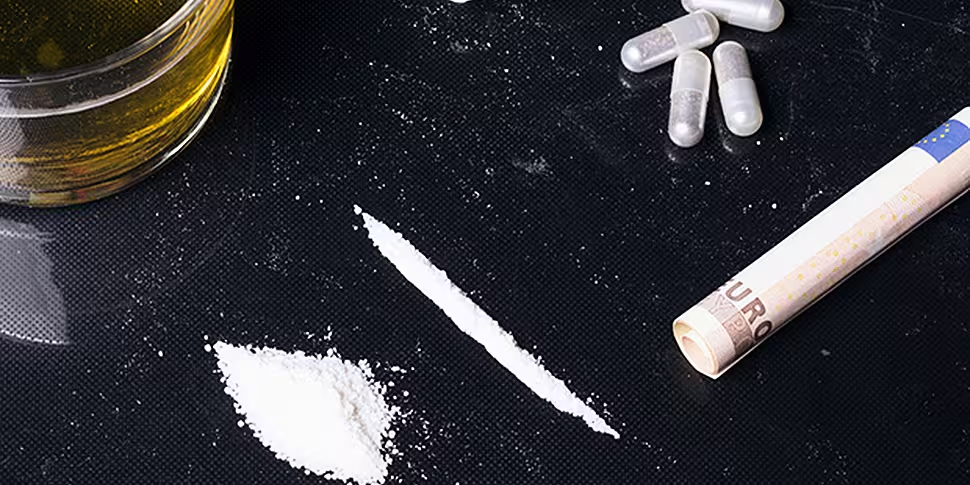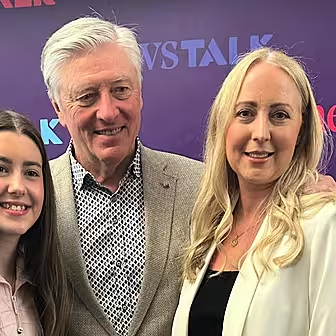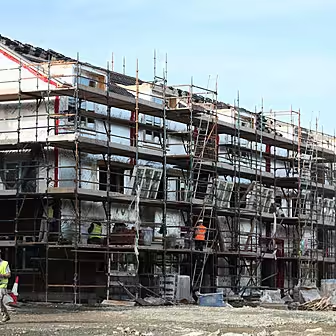There has been a sharp rise in people seeking help for cocaine use in recent years, according to the Health Research Board.
In its annual report the board said cocaine has now overtaken cannabis as the second most common drug people enter treatment for.
Some 2,560 people sought help for problem cocaine use last year – three times more than the 708 who did so in 2013.
Meanwhile, the HRB has warned of a “worrying” increase in crack cocaine use – with the number of people seeking help jumping by just a third to 367.
On Newstalk Breakfast, HRB researcher Dr Anne-Marie Carew said cocaine is a growing issue in Ireland.
“Cocaine was a primary issue for one-in four people treated last year,” she said.
“In fact, we saw a three-fold increase in cocaine cases. It accounted for around one-in-ten cases back in 2013 and that rose to one-in-four last year.
“It has now overtaken cannabis and is the second most common drug people seek treatment for.”
She said cocaine users tend to be “young men who are working.”
“Around eight-in-ten are male; half are aged 30-years-old or younger and there was a very small proportion who were under the age of 18,” she said.
Crack cocaine
She said there has been a “worrying rise” in crack cocaine use on recent years.
“This is something that is of concern because it does indicate a level of chronic problem drug use,” she said.
“These cases are more likely to unemployed and to be homeless so it is important that this distinction is noted – between the more socially integrated cocaine users and those who more marginalised.
“The type of supports they might need may in fact be different.”
Drug problems
In total 10,274 people were treated for problem drug use in Ireland last year, a slight increase on the year before.
Opioids, mainly heroin, remain the most common problem drug, accounting for 39% of cases.
Cocaine is now in second place, accounting for 24%, followed by cannabis on 23.5%.
Benzodiazepines were the fourth most common main problem, accounting for approximately 10%.
Mean accounted for around seven-in-ten drug treatment cases, while the median age of those seeking treatment has increased from 29 years in 2013 to 31 years in 2019.









